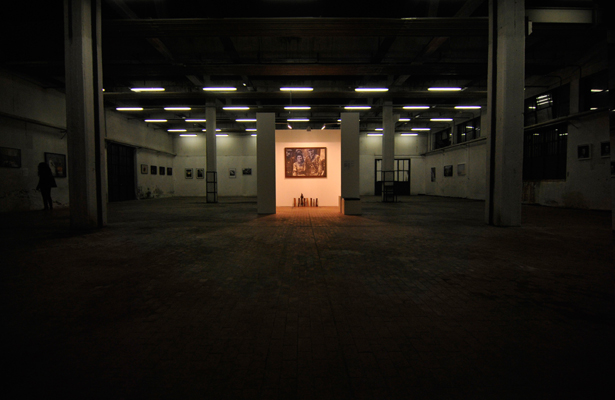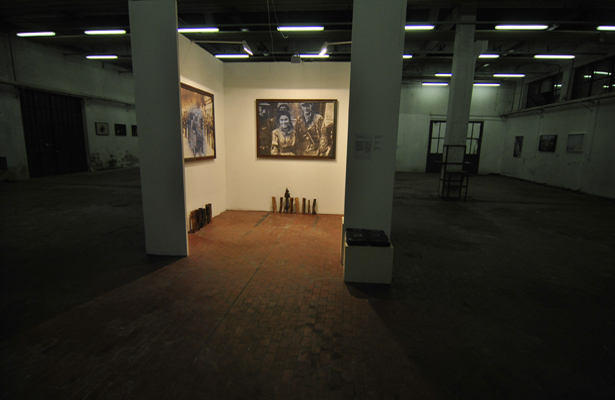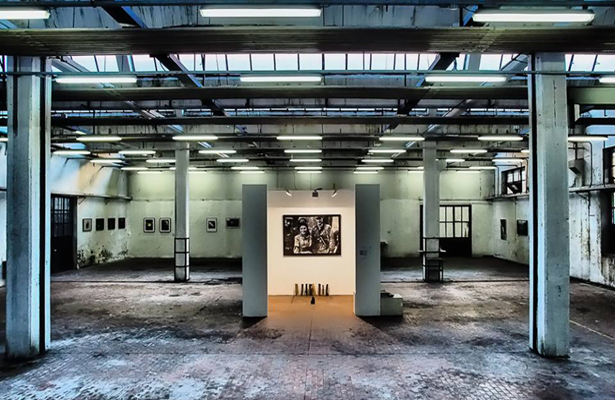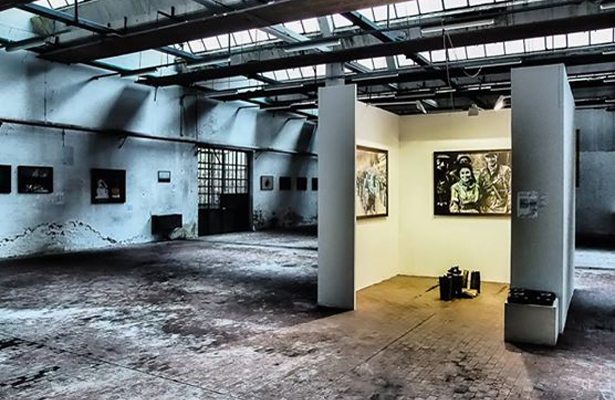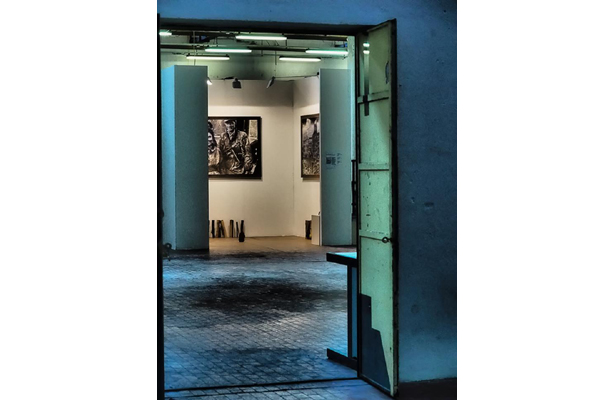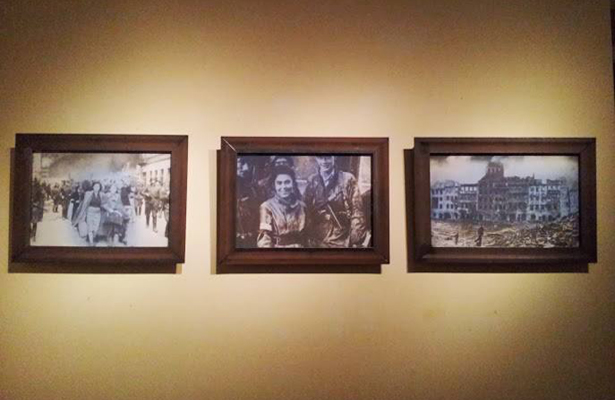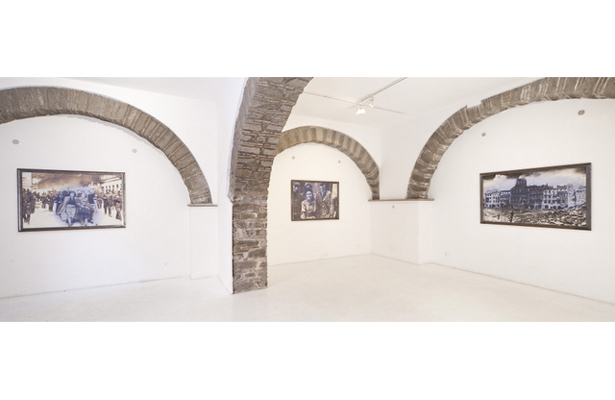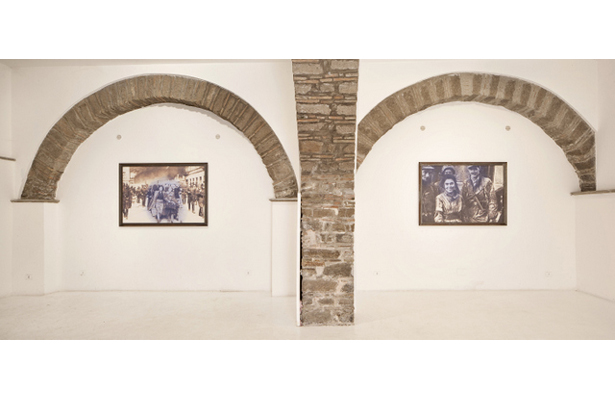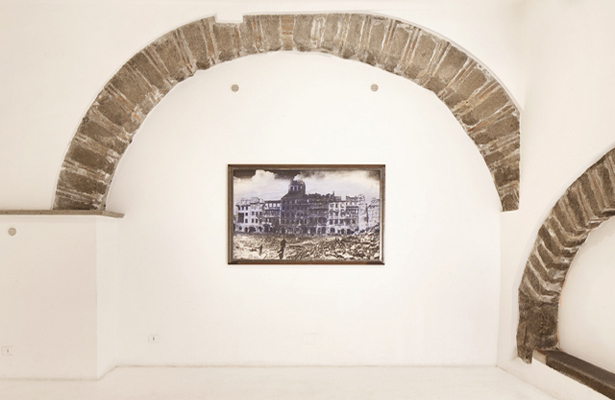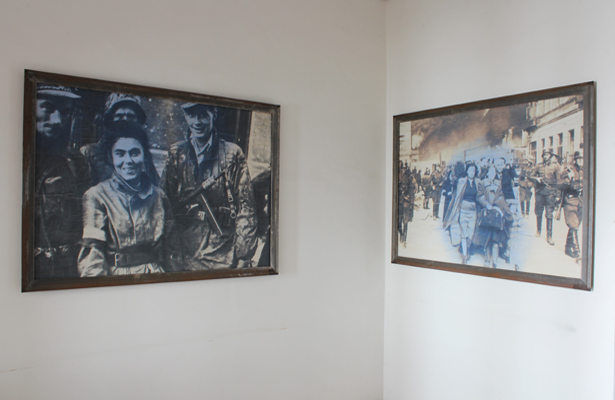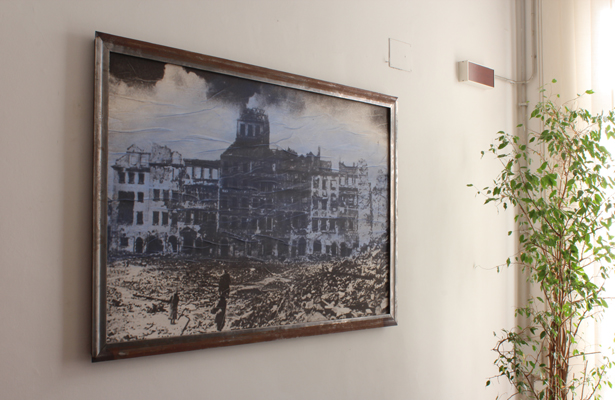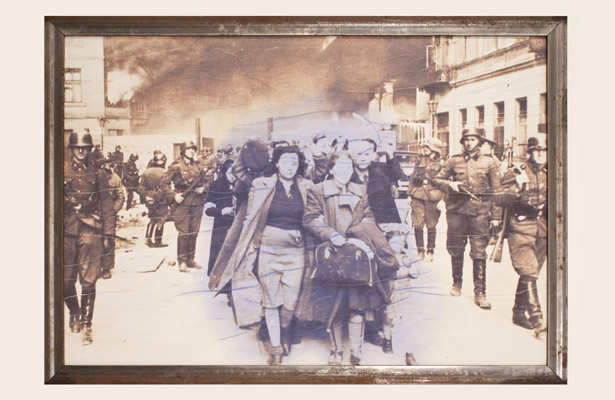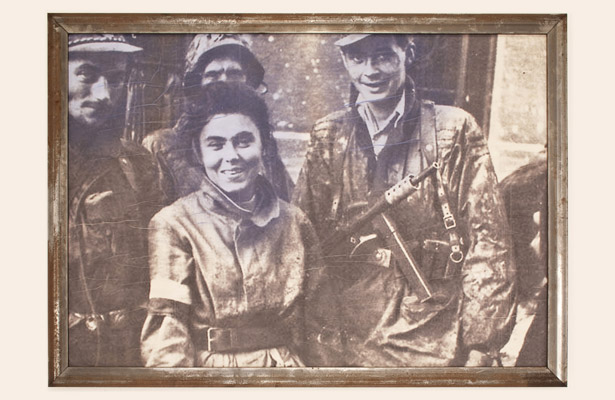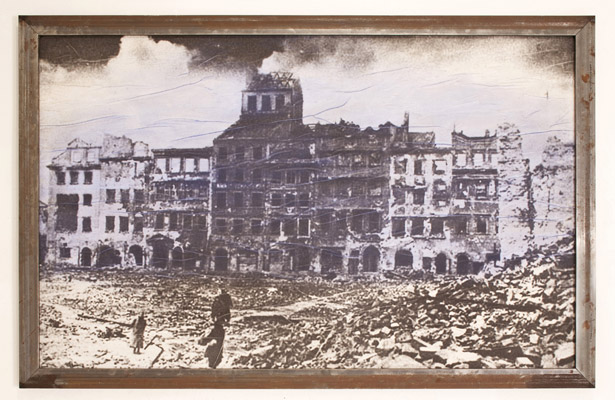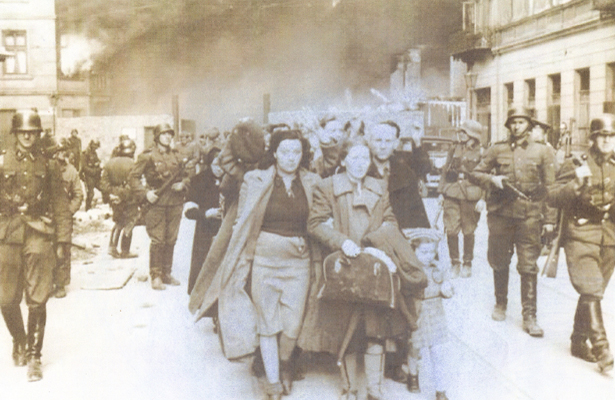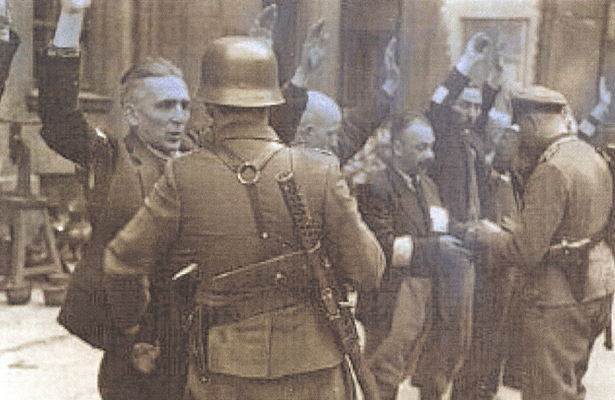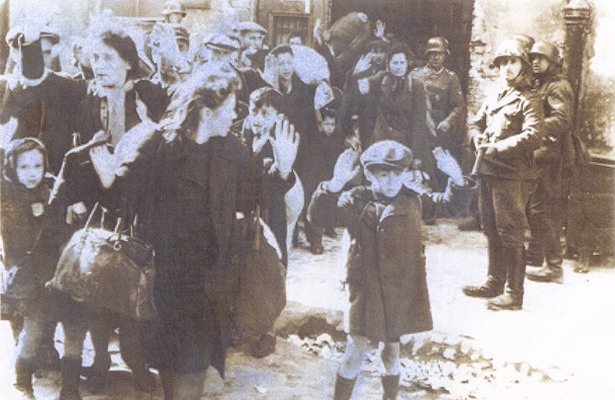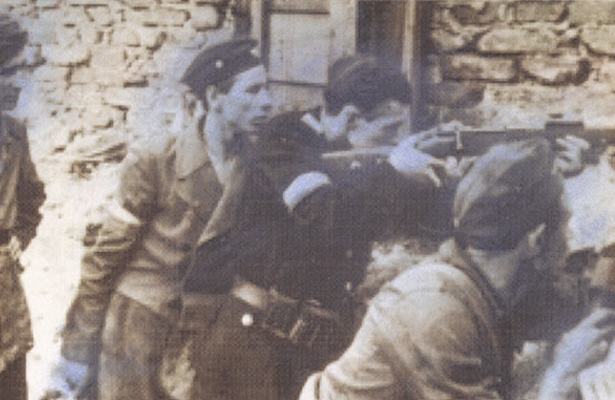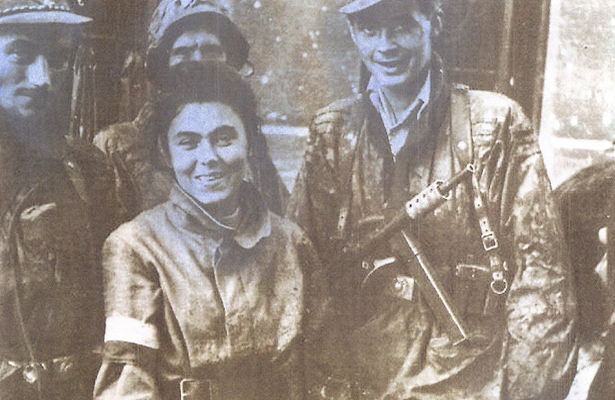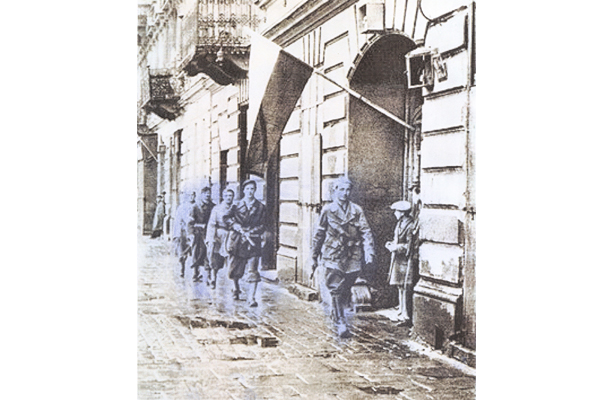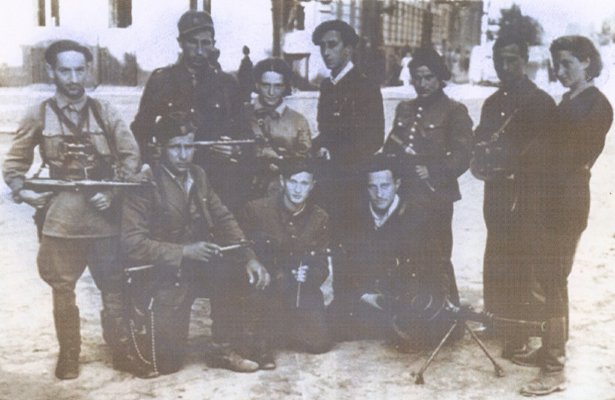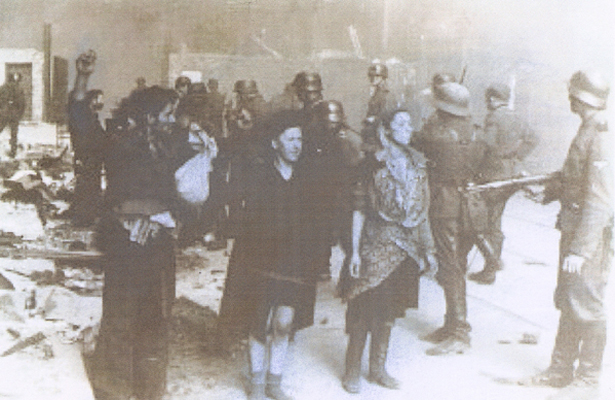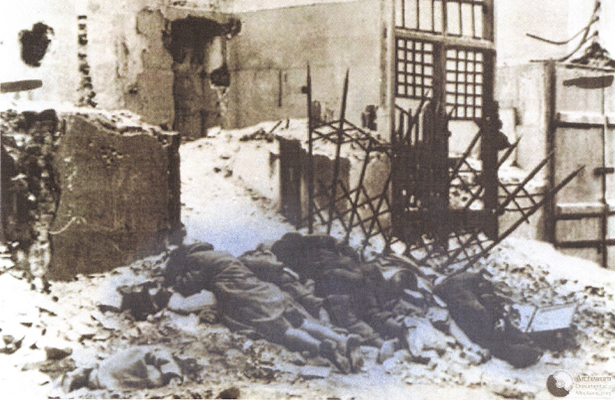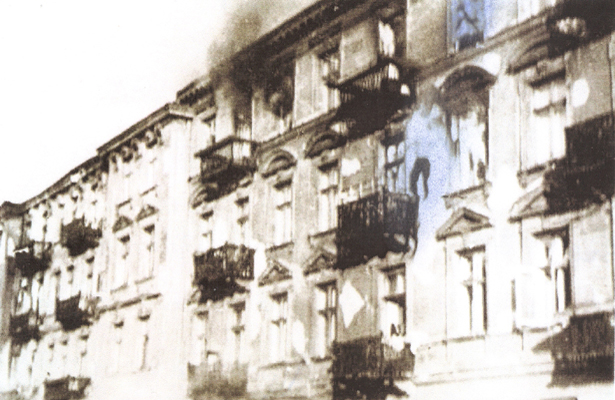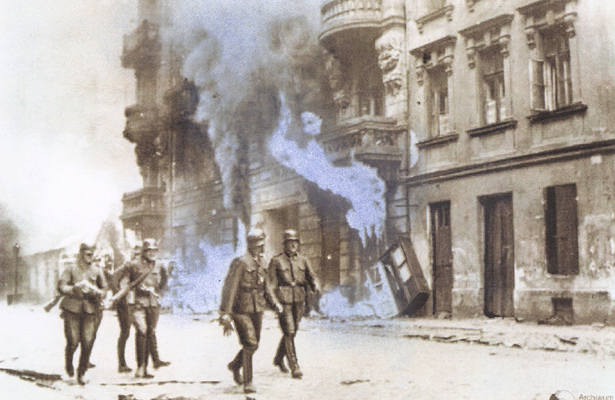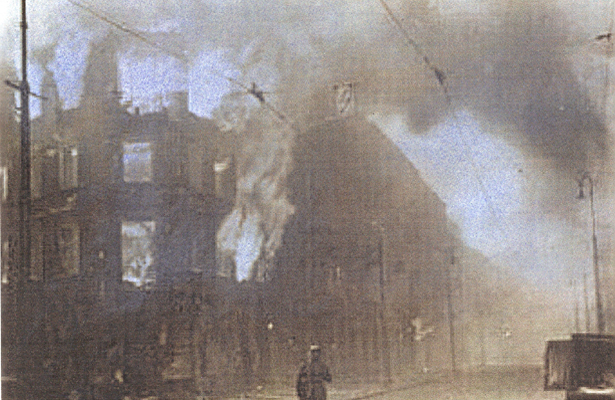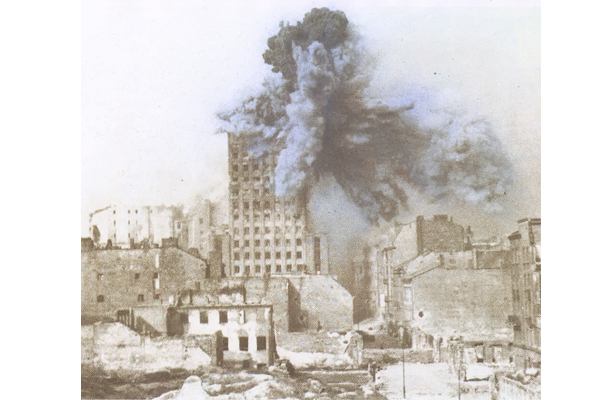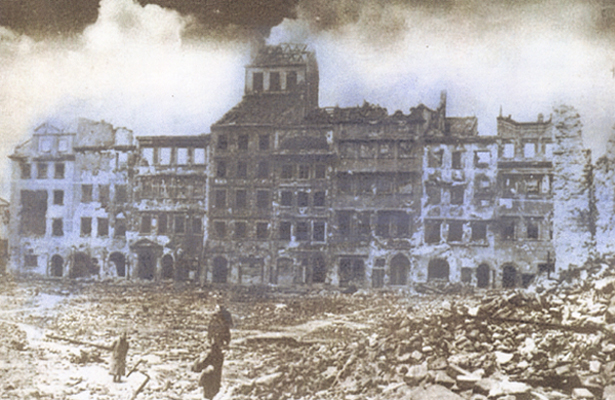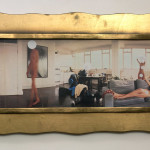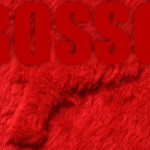CRONACA #2
Il progetto Varsavia Blues comprende 15 tavole, di cui solo tre sono state finora esposte.
Esposizioni:
2014 Photissima Festival, ex-Manifatture Tabacchi, Torino – installazione con musiche di John Phillips e profumi di Rossella Gatti, a cura di Renata Summo-O’Connell per Artegiro Contemporary Art
2013 “Combat Prize”, Museo G. Fattori, Livorno – a cura di Andrea Bruciati (formato ridotto)
2013 Festival “Resist” – IX Edizione, Biancovolta, Viterbo – a cura di Marco Trulli
2012 “Fighters and Survivors – 19 Aprile 1943”, Biblioteca di Storia Moderna e Contemporanea, Palazzo Mattei, Roma – a cura di Patrizia Bisci – Theater und Kunst Foundation – Diletta Benincasa
Opera finalista al Premio Combat Prize 2013 (Livorno) – a cura di Andrea Bruciati
Foto di Matilde Martino (2014), Enzo Trento (2014), Francesco Galli (2013) e Salvatore Calì (2012)
_________________________________
Il 19 aprile 1943 ebbe inizio la rivolta del Ghetto di Varsavia. Gli ebrei resistettero per circa un mese prima di soccombere alla forza devastante dell’esercito tedesco. Varsavia blues è la sintesi di questa storia e di tutte le storie simili che rappresenta. E’ un canto triste in tre movimenti: reclusione, rivolta e rovine. E’ un omaggio alla memoria di chi combattè per difendere la propria dignità, sapendo che già era tardi per salvare la propria vita.
Ricostruire un ricordo che non si ha, studiando documenti e immagini. Mettere un filtro o un accento sul senso di una rivolta prevede una diagnosi, una visione precisa della storia, una presa di posizione. Ciò che è successo è agghiacciante ed appartiene al mistero delle più macabre zone della natura umana. Il tutto acquista un sapore epico nel momento in cui il flagellato insorge. Addirittura dei sorrisi ho trovato in mezzo a tutto questo dolore. Ho pensato che fosse l’immagine giusta per rappresentare il senso della rivolta, la volontà di lottare per restare vivi e per ottenere rispetto, quello dovuto, quello giusto, come in questo caso.
Offesa, Reclusione, Tortura, Assedio, rovinano miseramente di fronte a dei sorrisi armati. Io li ho immediatamente amati.
Pasquale Altieri
On April 19th, 1943, the uprising of the Warsaw Ghetto began. Jews held out for about a month before succumbing to the devastating force of the German army. “Warsaw Blues” is the synthesis of this story and of all the stories like that. It is a tribute to the memory of who fought to defend its dignity, while knowing that it was too late to save his life.
Working on “Warsaw Blues” has been the trying to reconstruct a memory that I did not have, by studying documents and images. To put a filter or an emphasis on the meaning of a revolt provides a diagnosis, an accurate view of the history, to take a stand. What happened is chilling, and it belongs to the mystery of the most gruesome parts of human nature. Everything takes an epic sound, when the scourged arises. I found even some smiles in the middle of all this pain. I thought it was the right image to represent the meaning of the revolt, the will to fight to stay alive and to get respect, to have the right, as in any case.
Offense, imprisonment, torture, and siege: they ruin miserably in front of armed smiles.
I loved them instantly.
——————————–
Nel 2012 realizzai questo lavoro con la Fondazione Theater und Kunst Diletta Benincasa di Berlino in ricordo della Rivolta del Ghetto di Varsavia per la Giornata della Memoria dell’Olocausto.
Cercai documenti sul fatto e scelsi una serie di immagini, alcune tra queste usate come prova nel Processo di Norimberga per i crimini di guerra dei nazisti. Quindi decisi di lavorare e di esporre questo vero archivio di storia reale.
Vidi queste immagini come musica della memoria, un suono invadente, qualcosa di terribile ed allo stesso tempo vitale, qualcosa di importante da dover ricordare. La fotografia in questo caso funzionava come l’esatto specchio della realtà e mi è sembrata doverosa la massima aderenza al documento visto l’argomento trattato. Non c’era nulla da inventare, avevo davanti qualcosa che svelava da sé come il destino dell’uomo non possa fare a meno della gioia e del dolore nel suo ciclico moto di costruzione e distruzione.
Con l’incontro con Renata Summo-O’Connell si è aperto un progetto di collaborazione con Rossella e John che hanno pensato musica e profumo ispirati alle mie immagini. Insieme ci siamo impegnati nell’intento di provare a spingere questo doloroso ricordo oltre la soglia della memoria, in un presente tangibile dove la fissità storica delle immagini si fondesse con l’estemporaneità dei suoni e dei profumi.
Siamo qui per provare a ripensare il mondo in una nuova versione, proveremo a varcare il limite, consapevoli di ciò che la storia è stato ma partecipi del presente e del futuro. Possiamo ricordare e sperare, credere che qualcosa possa cambiare.
Un giorno forse riusciremo a creare solo delle grandi nubi blu, profumate e sonore, dove farvi entrare per perdervi nella trasparenza.
Pasquale Altieri per Photissima Festival 2014
In 2012, I realized this work with the Foundation Theater und Kunst Diletta Benincasa from Berlin, in memory of the Warsaw Ghetto Uprising, for the Memorial Day for the Holocaust.
I sought documents about the fact and chose a series of images, some of them used as evidence in the Nuremberg Trials for war crimes of the Nazis. So I decided to work and expose the real archive of the real history.
I saw these images as music memory, a sound intrusive, something terrible and yet vital, something important to remember. The photography in this case worked as the exact mirror of reality and it seemed dutiful to me to take the maximum adherence to the document, due to the subject. There was nothing to invent, I was in front of something that revealed itself as the destiny of mankind can not exist without joy and pain in his cyclic motion of construction and destruction.
Meeting Renata Summo-O’Connell opened to me a collaborative project with Rossella and John, who thought music and fragrance inspired by my images. Together, we are committed with the intention of trying to push this painful memory beyond the threshold of memory itself, in a tangible present where the fixity of historical images is merged with the impromptu of sounds and scents.
We are here to try to rethink the world in a new version, we will try to cross the limit, aware of what the story was but partakers of the present and the future. We can remember and hope, believing that something can change.
One day maybe we will only create those big blue clouds, scented and sound, where you will get to lose yourself in transparency.

